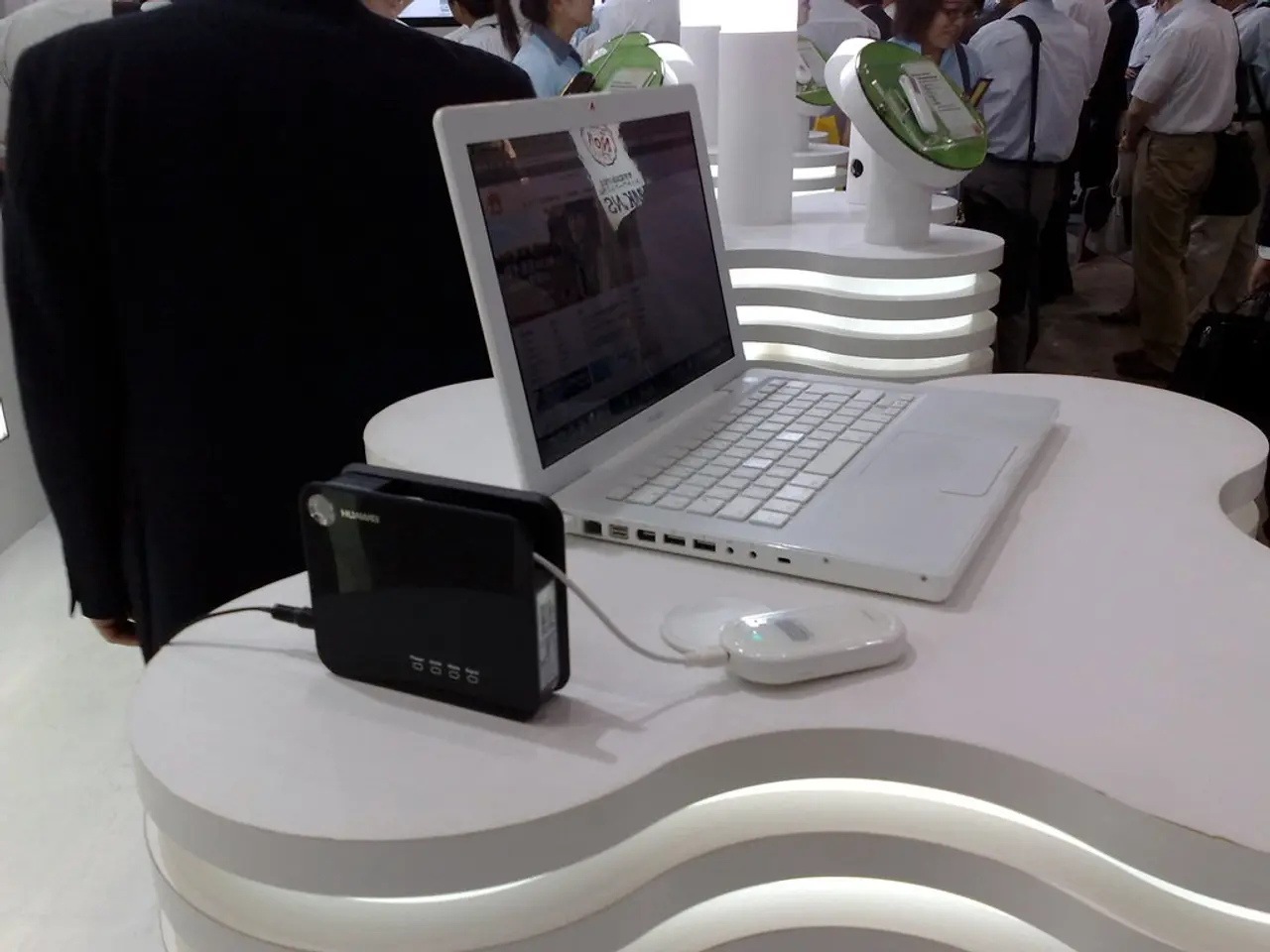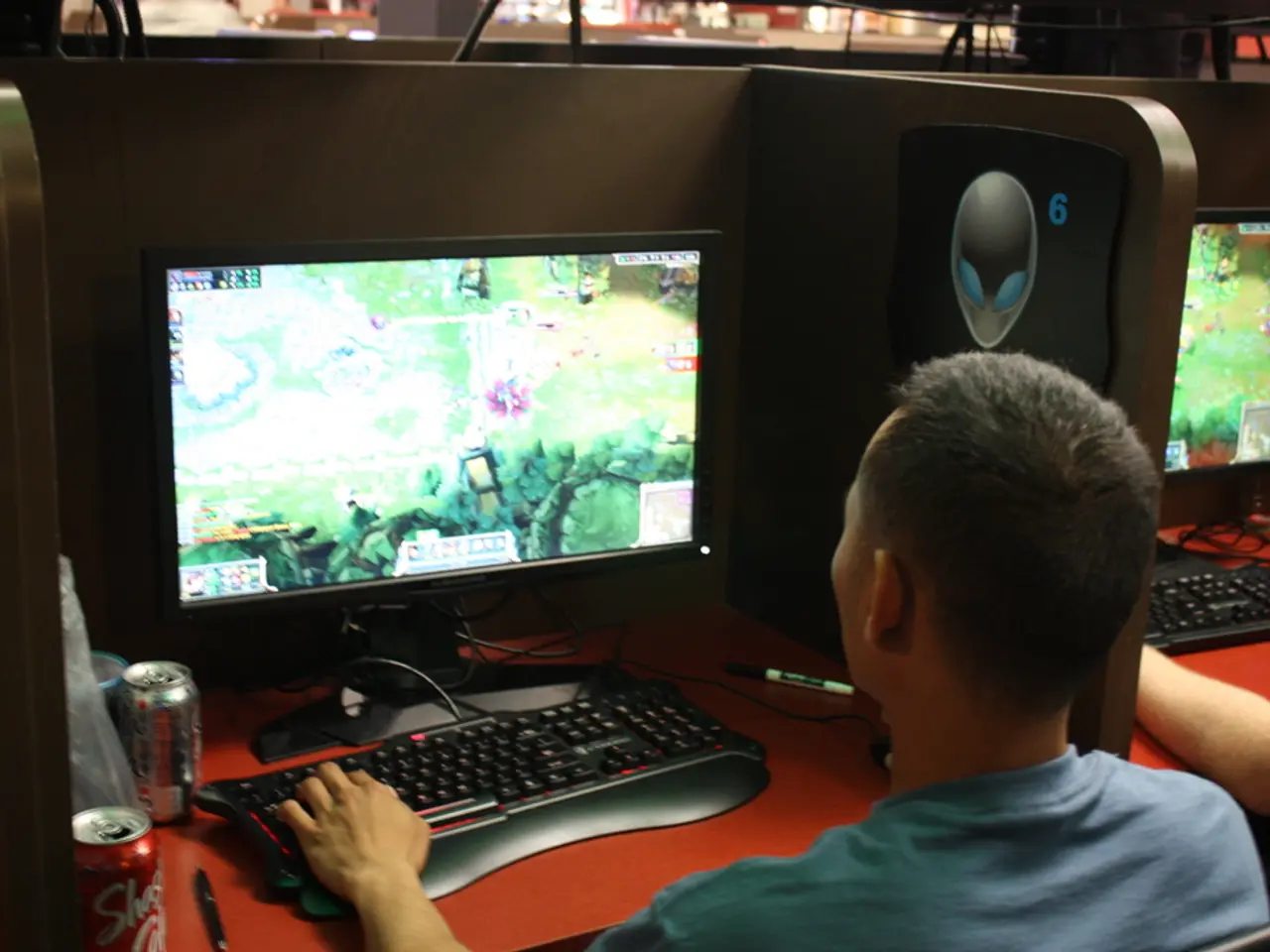Experienced gaming on Lenovo Legion Go S left a desire to purchase Steam Deck
The handheld gaming market is buzzing with excitement as new devices emerge, each offering unique strengths in performance, ergonomics, display, and operating system. Among the standout devices are the Lenovo Legion Go S, GPD WIN Mini 2025, Steam Deck (original and OLED models), Asus ROG Ally, and the OneXPlayer series.
Lenovo Legion Go S: Leading the Pack
The Lenovo Legion Go S, equipped with the AMD Z1 Extreme chipset, boasts a Zen 4 CPU and RDNA 3 GPU architecture, making it a cutting-edge device in terms of performance. Notably, it is the first non-Valve handheld to officially support SteamOS, offering seamless integration with the Steam game library and optimized OS performance. The Legion Go S also features removable controllers, a large screen, and a premium build, catering to gamers seeking high power and versatility.
Steam Deck: Pioneering the Resurgence
The Steam Deck, with its original and OLED models, led the resurgence of handheld gaming PCs with a dedicated SteamOS experience. Although the Steam Deck uses older AMD Zen 2 CPU and RDNA 2 GPU technology, it remains popular due to its value, extensive game library, and SteamOS support. The OLED model offers an improved screen, but the core hardware remains the same.
GPD WIN Mini 2025: Power in a Compact Form
The GPD WIN Mini 2025 offers a compact form factor with powerful AMD Ryzen 7 8840U or Ryzen AI 9 HX 370 processors, up to 32GB RAM, and advanced cooling. Its ergonomic improvements make it comfortable for long sessions, and it aims to blend productivity and gaming in a portable design, making it an excellent option for those wanting PC-like power in a smaller handheld format.
Asus ROG Ally: Windows Compatibility
The Asus ROG Ally stands out for its Windows 11 compatibility, granting users access to almost all Windows games directly. While it lacks native SteamOS support, it offers robust hardware, making it a viable option for those seeking a handheld gaming PC primarily for Windows games.
OneXPlayer Series: Premium Handhelds
The OneXPlayer series also offers strong AMD Ryzen AI 9 HX 370 CPU options and large vibrant displays, with convertible and travel-friendly models. Current sales highlight their position as premium handhelds competing closely with GPD and Legion devices.
Comparison: Lenovo Legion Go S SteamOS vs. Others
| Device | CPU / GPU | OS | Screen / Features | Special Notes | |---------------------|-----------------------------------|-------------------------|--------------------------------------|----------------------------------------------| | Lenovo Legion Go S | AMD Z1 Extreme (Zen 4 + RDNA 3) | SteamOS (official) | Large screen, removable controllers | Leading SteamOS handheld, latest hardware[2][4] | | Steam Deck OLED / Original | AMD Zen 2 CPU + RDNA 2 GPU | SteamOS | OLED model has better screen | Superior Steam integration, older hardware[2][4] | | GPD WIN Mini 2025 | AMD Ryzen 7 8840U / Ryzen AI 9 HX 370 | Windows (likely dual boot Linux) | Compact, ergonomic | Portable with high-end Ryzen CPUs[1] | | Asus ROG Ally | Intel/AMD powerful CPUs | Windows 11 | Good display, high performance | Broad Windows game compatibility[4] | | OneXPlayer X1 Pro/Mini | AMD Ryzen AI 9 HX 370 | Windows | Large OLED/IPS displays | Premium design, Windows focused[5] |
In summary, the Lenovo Legion Go S's combination of new hardware, SteamOS support, and unique features like removable controllers places it ahead of most competitors in mid-2025. If you prioritize native SteamOS support with the latest AMD chips and a good Steam experience, the Lenovo Legion Go S is currently the best choice. For best Steam library compatibility and value, the Steam Deck remains excellent despite older hardware. If you want Windows compatibility and broader game support, the Asus ROG Ally or OneXPlayer devices are better picks, trading off the SteamOS ecosystem. For a compact and portable powerhouse with Ryzen options, consider the GPD WIN Mini 2025. Each device serves somewhat different user needs, but the Lenovo Legion Go S's unique features and SteamOS support make it a strong contender in the handheld gaming market.
- The Lenovo Legion Go S, featuring the AMD Z1 Extreme chipset and its Zen 4 CPU and RDNA 3 GPU architecture, stands out for its cutting-edge performance and SteamOS support in the handheld gaming market.
- Despite using older AMD Zen 2 CPU and RDNA 2 GPU technology, the Steam Deck, with its original and OLED models, leads in Steam integration and extensive game library, being the device to pioneer the resurgence of handheld gaming PCs.
- The GPD WIN Mini 2025 offers a compact form factor, packing powerful AMD Ryzen processors, up to 32GB RAM, and advanced cooling, making it an ergonomic and productive choice for gamers wanting PC-like power in a smaller handheld format.
- The Asus ROG Ally stands apart from others in the market due to its Windows 11 compatibility, offering access to almost all Windows games directly, albeit without native SteamOS support.
- The OneXPlayer series competes closely with GPD and Legion devices by offering strong AMD Ryzen CPUs, large vibrant displays, and convertible or travel-friendly models, positioning themselves as premium handheld gadgets in the handheld gaming market.




